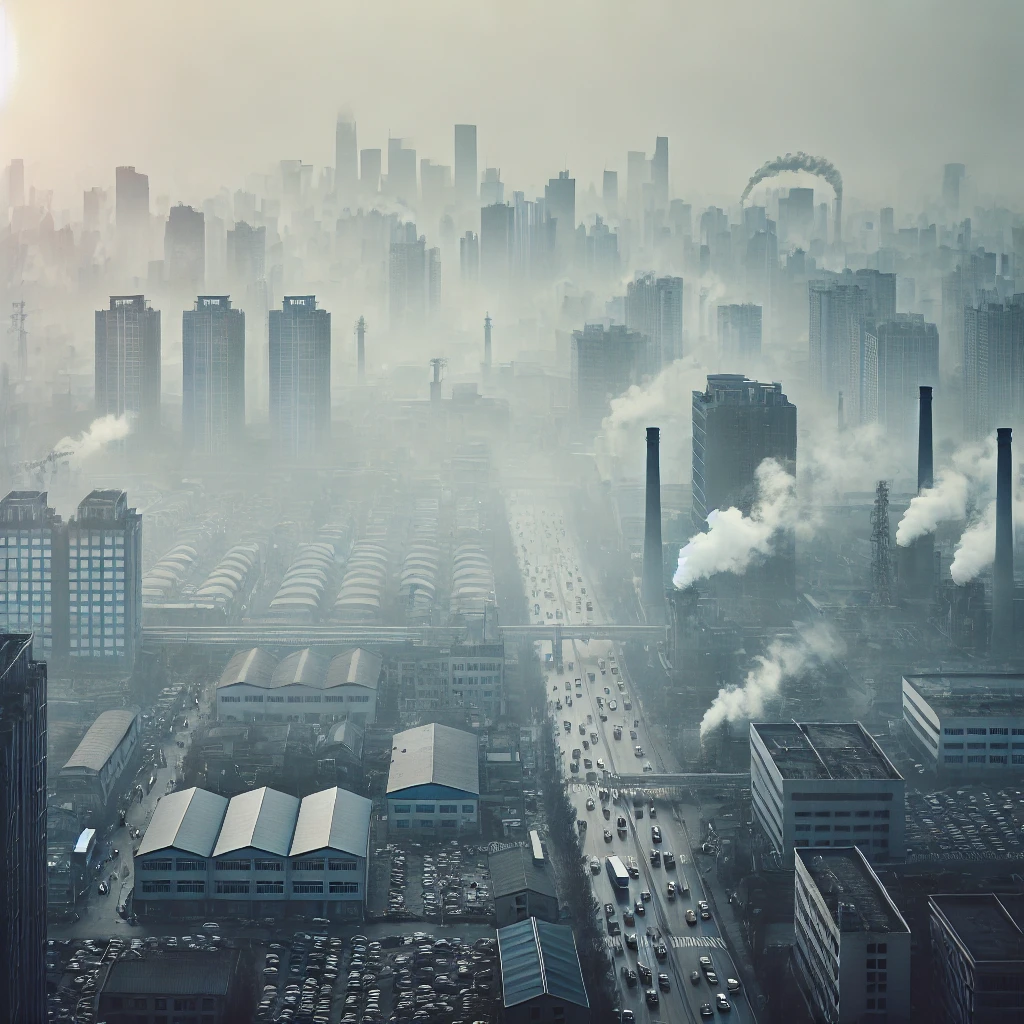
Air Pollution Linked to Increased Skin Redness, Study Finds
Exposure to fine particulate matter (PM2.5) may contribute to increased skin redness across different age groups, according to a study published in PLOS Global Public Health on March 12. The findings highlight the potential dermatological impact of air pollution, particularly in relation to sebum production and skin sensitivity.
Led by Dr. Fu-Yu Chan from National Taiwan Normal University in Taipei, the study analyzed data from 472 participants, including 240 individuals aged 20 to 59 years and 232 individuals over 60 years. Researchers found a significant positive correlation between PM2.5 levels and skin redness in both age groups, suggesting that exposure to air pollution may trigger inflammatory skin responses.
For every unit increase in PM2.5, skin redness increased by 1.70 units in the younger group (20-59 years) and 2.63 units in those over 60. The study also examined the relationship between porphyrins—bacteria-related compounds linked to acne and skin irritation—and redness levels. Among younger individuals, higher porphyrin levels were associated with increased redness, but this association was not observed in the older group.
The study suggests that PM2.5 pollutants, which contain lipophilic and carcinogenic substances, interact with porphyrins to elevate skin redness and potentially increase the risk of chronic skin conditions and even skin cancer.
Given these findings, researchers recommend that public health authorities implement annual skin health screenings. Using skin redness as a potential indicator of PM2.5 exposure could help assess the broader health risks associated with air pollution, prompting further medical evaluation and preventive measures.